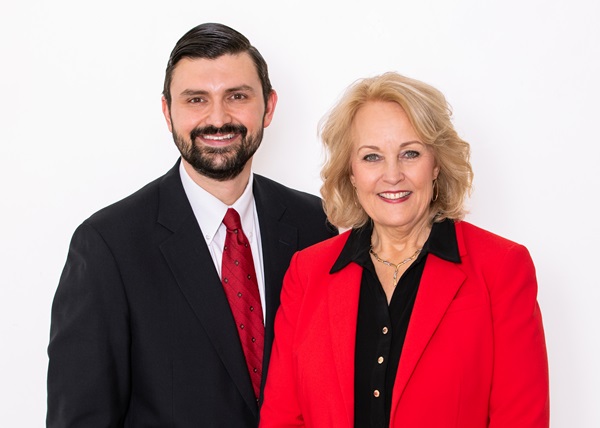The following is an update from Delegates Kathy Szeliga and Ryan Nawrocki.
Family budgets are tight. According to economists, food prices have increased more than 25% since 2020 (editor’s note: in 2022, food prices increased by 9.9 percent, faster than in any year since 1979). To put that in perspective, a cart of groceries that cost you $100 in November 2020 will now cost $125.80. That’s an increase of nearly $26 for the exact same food. And with shrinkflation, some of those items are smaller than they were in 2020
Delegate Ryan Nawrocki really feels the pinch these days as he and his wife shop for their six children. Not only have groceries gone up, but transportation costs have increased more than groceries. These costs are certainly part of food price increases as grocery store inventories are refilled by the trucking industry. While some politicians are pointing their fingers at grocery store owners, we know that is not the reason grocery prices have increased by 25%. The greatest cause of inflation today is the same blame shifting politicians who are printing money in Washington DC and still giving out COVID grants today. Local and state governments are frantically spending hundreds of millions of dollars in COVID funds before the end of the year. These are our tax dollars. The pandemic is over.
We hear groans from our neighbors, family, friends, and constituents with the unaffordable cost of living increases. We feel it too, and groan with you.
Only ONE bill must be passed during the legislative session: the state budget – and the state budget must be balanced. We are grateful for the state of Maryland’s balanced budget requirement and the fact that it cannot print money (like the federal government does). Every dollar the state spends comes from our wallets.
The fiscal 2025 budget is balanced by a $246 million transfer from the Rainy Day Fund. The budget also authorized the Administration to utilize $109 million from the Rainy Day Fund in fiscal 2025 to address shortfalls in funding for entitlement programs if such shortfalls materialize (authorization to use another $90 million in fiscal 2024 was also provided and the Administration intends to utilize those funds). A spending crisis looms on the horizon for Maryland, whose operations are seemingly unsustainable.
So, while we ask for fiscal responsibility, we do not want a decrease in funding for public safety. Public safety is our number one priority as elected officials, and it is staggering to see this line item continue to decrease under liberal leadership in Annapolis.
Other state-funded programs could quickly work on a leaner budget that would not put public safety at risk. For example, does the Blueprint for Education need such an enormous budget? We certainly support public education but know the future increases are not affordable. The Blueprint allocates funding for schools by enrollment. The problem is that school systems are able to inflate their enrollments by taking a student count only once in September. We have proposed enrollment calculations to include the average number of students on September 30, December 31, March 31, and the last day of the prior school year. This commonsense policy does not make its way out of committee year after year. So, the schools still receive full funding for students who move, drop out, or are ultimately not enrolled after September 30. Where does that money go? We know it does not go towards a student no longer sitting in the classroom. In the meantime, Maryland has no equitable school choice program where the money follows the student.
The Comptroller of Maryland issued an economic report for 2023 that sounded an alarm for our economic situation. The Maryland Department of Legislative Services estimates that ongoing spending exceeds ongoing revenues in fiscal year 2025 by $485 million. The structural deficit increases to $1.7 billion in fiscal year 2026, reaching over $3 billion by fiscal year 2028. Also, due to a budget crisis, Maryland was forced to cut $1.3 billion from its transportation funding.
Bond rating service – Moody’s – downgraded Maryland to a “negative outlook” in May, writing that “The negative outlook incorporates difficulties Maryland will face to achieve balanced financial operations in coming years without sacrificing service delivery goals or adding to the weight of the state government’s burden on individual and corporate taxpayers.”
Moody’s reports are driven by expected structural imbalances (i.e., spending more than you collect) and blowing through 60% of the surplus in the state’s rainy day fund in two short years. You may recall that Governor Larry Hogan left about $5 billion in reserves. Governor Wes Moore subsequently spent much of it. The rating agency hopes Maryland will “regain structural operating balance” next year. We agree.
The most important question is, “Am I better off financially today than two or four years ago?” If the answer is no, remember that when going to the polls in November.
Do you value local journalism? Support NottinghamMD.com today.

